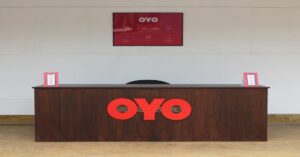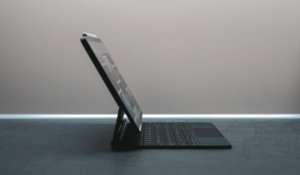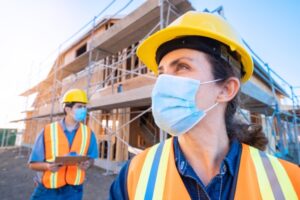Designing a new office building is an opportunity to come up with a model that encourages employee productivity and effective collaboration. As designers of these spaces, civil engineers need to consider certain factors. We take a look at what is required.
Aesthetics and Health
A new building must stand out from others to provide a distinctive home office for a company. This must be a well-designed building that fits into the landscape and uplifts the environment. Sustainable architecture is needed, with responsible choices of materials.
The interior of a building should also provide an aesthetically pleasing design that is spacious and has adequate soundproofing for optimal productivity. Traffic must flow smoothly between areas.
Moisture in buildings can result in health issues and damage to the constructed building. This can be prevented from the design stage by following industry standards and practical guidance.
Space Considerations
A building should not only be designed for its immediate needs but allow for company expansion. The designer needs information from the CEO about the business’s anticipated growth for the foreseeable future. For example, if the company is putting in an inbound call center in two years, the sewer design must accommodate these future employees too.
Lighting
Provisions must also be made for natural light to be captured. This must complement the desired lighting fixtures that will be installed. Lights fitted above each workstation that the employee can control allows for flexibility so that workers can maximize their work areas.
Storage
All storage requirements need to be noted ahead of designing a building. For example, the storage of toxic chemicals must comply with regulations.
In the past, offices used up a lot of space storing paper files and copies of everything. These even impeded walkways between sections and presented a safety hazard. Nowadays, businesses are more reliant on digital storage solutions and a paperless environment. Check how far the company is at shifting to Cloud-based storage and whether provision has to be made for paperwork.
Privacy
Almost every worker will be more productive if they have the privacy to carry out their tasks at their workstations without interruptions. This applies to managers as well. Imagine a senior manager in an open-plan area trying to prepare for a board presentation while staff move around and talk, even if it is about work. And it is no different for the clerk inputting figures into a spreadsheet where accuracy is important. There is a trend away from open-plan offices to the office per person of the past. This will cut down on noisy distractions.
Modern designs may include a combination of private offices and smaller shared areas that accommodate two or three workers in an office or six to eight employees in an open-plan design that ensures space between workers and no direct line of sight to others. Soundproofing, also known as acoustic privacy, should be incorporated into the building design.
Collaboration
Separate areas for team briefings, formal board meetings, and one-on-one discussions with clients are needed. There may be an additional need for project rooms where team members can collaborate on shared activities before returning to their private workstations to carry out individual tasks.
By getting full input from the CEO, the building designers will be empowered to provide a result that is tailored to the needs of the client.










